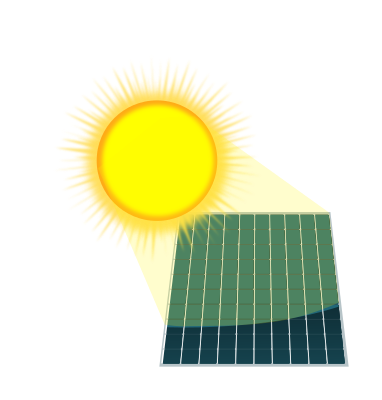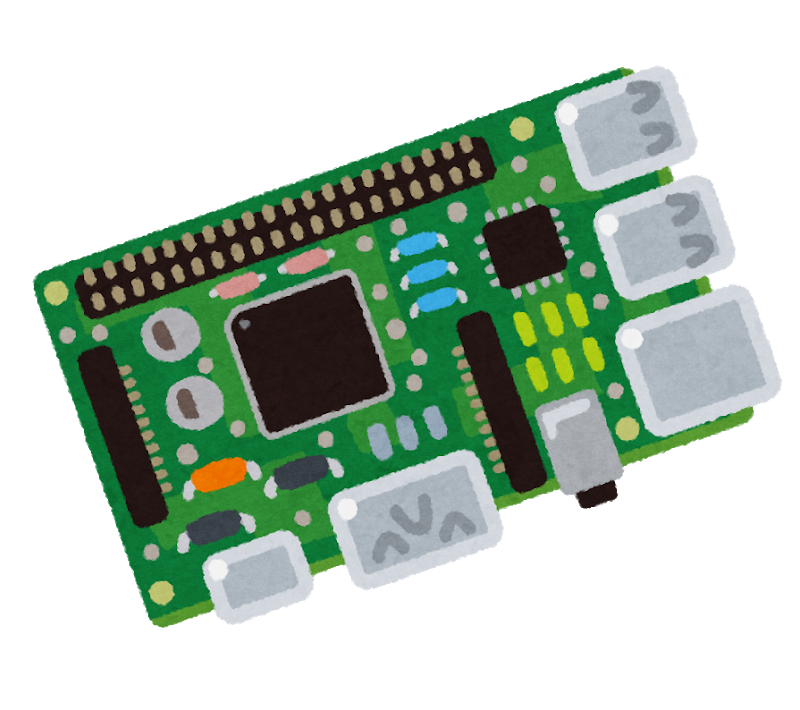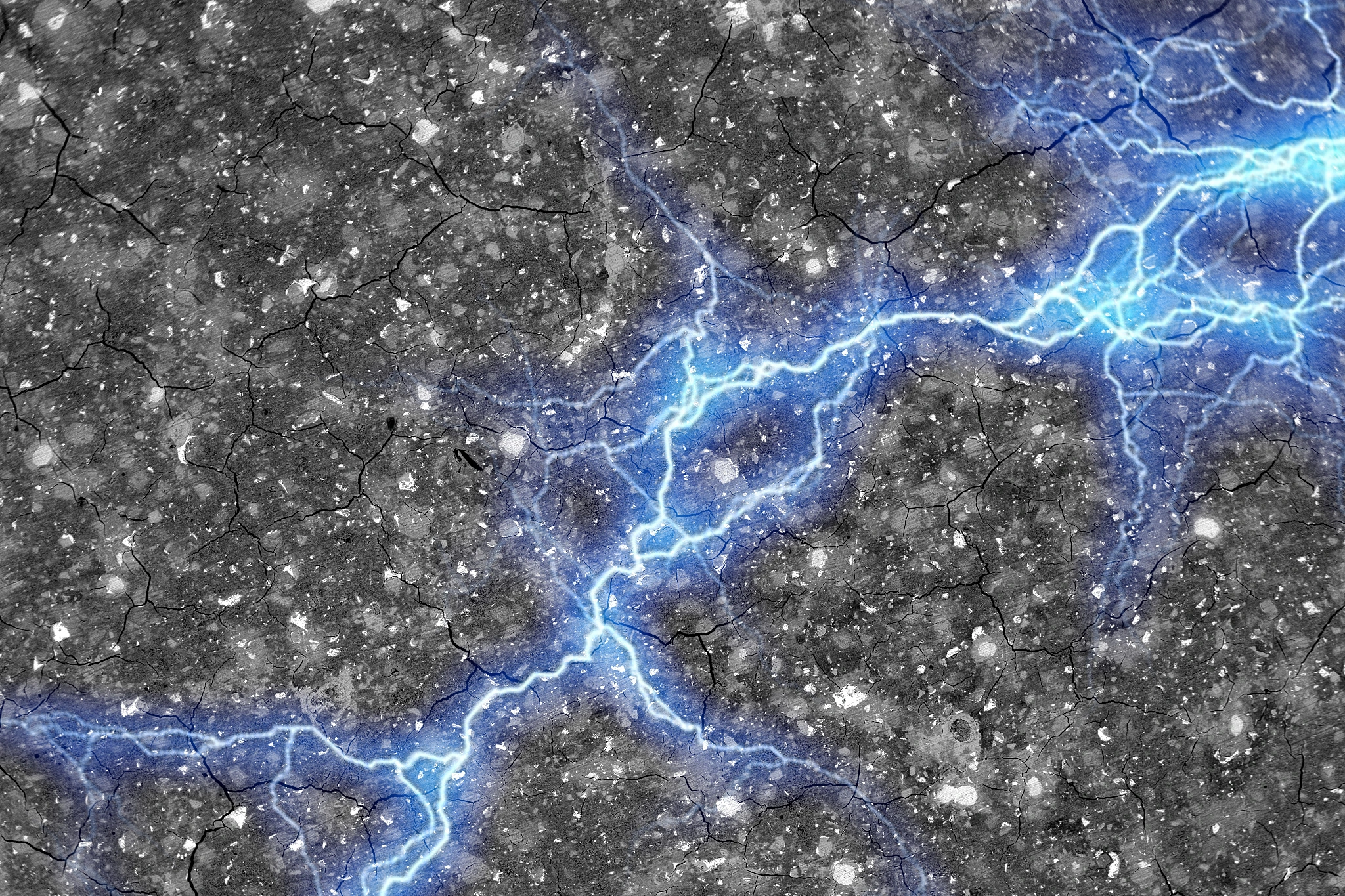

instead of powering the heat pump from the wall, the heat pump can be connected directly to a PV
I have no experience with this exact combination. I know that “batteryless” inverters exist, but most of them are on-grid inverters. In that scenario, all that matters is monitoring your production: if you don’t want grid energy, you only run your system when your PV produces enough.
Another type of batteryless inverters are “pump inverters”. Farmers seem to like them for pumping water from wells into water towers. A pump inverter can be configured to run at 50 Hz (or 60 Hz for North Americans) and 230…240 V (or 110 V for North Americans) alright, but it is not designed to power electronic devices, but dumb agricultural motors. There is considerable risk involved with powering a heat pump from a pump inverter, unless you find an exceptionally simple and dumb heat pump with very limited or resilient steering electronics.
Efficiency losses are small anyway, but mostly happen during battery storage or when voltage needs to rise or drop considerably (e.g. a transition of 700 -> 24 V or 24 -> 240 V would cause a small efficiency loss).
I’ve heard that a PV can directly power a compressor
This seems unlikely as the compressor would have to be a brushed DC motor. That kind of motors don’t last long, they wear out their brushes. Long-lasting motors are brushless, and those generally cannot be run on DC power. For example, a “brushless DC” motor is essentially a three-phased AC motor, just its controller (full of smartness and MOSFET transistors) accepts DC input.
If you have a good technical overview of your heat pump system, maybe you can locate a point where regulated DC can be fed into the system, but that would be hacking. Alternatively, maybe a niche market already exists for DC-powered heat pumps, e.g. for caravans, trucks or ships? But on niche markets, prices typically aren’t good for you. :(










P.S. I have once used DC to power a pump “directly”. I use quotation marks because the pump (a water pump) was a brushless DC motor with an integrated controller. I used it on a field for removing water after a spring flood. Its controller accepted 24…48 V input, and it was powered from a 40 V solar panel brought on a wheelbarrow. :)